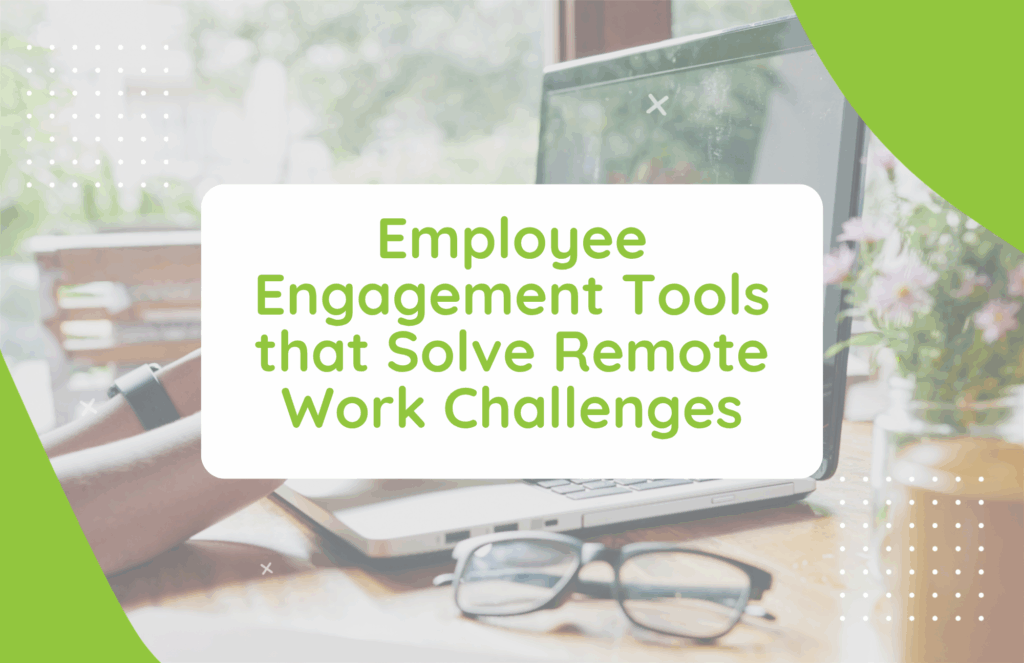Customer experience is more important than ever for business growth. Today, 46% of U.S. consumers consider whether they’ve had a good experience with your brand when making a new purchase. With such high stakes, optimizing your customer experience is a necessity and a competitive advantage.
Companies wishing to differentiate themselves in today’s market must provide exceptional customer experiences that cater to customers’ needs and build trust. Customers expect highly personalized interactions at every turn, from marketing to purchasing. So, how can you get customers raving about your brand? This guide to customer experience will teach you how to give customers what they want and rise above your competition.
What Is CX? Understanding the Nuances of Customer Experience
So, what is customer experience? Simply put, it’s how people perceive your brand after interacting with it. For example, if a customer messages your company on social media but never receives an answer, they may perceive your brand as indifferent or uncaring. Conversely, if they get a prompt and clear answer—even if it isn’t exactly what they hoped for—their sentiment toward your brand will likely be positive.
CX is more than just one interaction: it’s about creating a series of positive touchpoints throughout the customer journey. These interactions can vary, but the goal is always to make a lasting, positive impression.
Customer experience is often measured on a spectrum. On one end, you have negative interactions that repel customers, such as rude customer service or product availability issues, causing them to vow never to return. On the other end, you have brands that make customers feel like the most important people in the room, always anticipating their needs and delivering authentic, personal interactions.
Many brands operate somewhere in the middle. Their CX isn’t awful, but it’s not exceptional, either. To stand out in today’s crowded marketplace, brands should aim for exceptional CX—experiences that customers remember and want to return to again and again.
If you’re looking to improve your CX, consider evaluating these key factors:
- Website Usability: How easy can customers navigate your website?
- Marketing Effectiveness: Does your marketing resonate with your audience’s pain points?
- Global Reach: Do you offer multi-lingual support for a global audience?
- Product Accessibility: Are shipping and delivery times competitive and reliable?
- Customer Support: Do your agents provide service with a friendly, helpful attitude?
- Quality: Are your products and services of high quality?
- Instant Gratification: Can customers get quick answers to their questions?
Remember, creating a great customer experience is a team effort. It’s not just customer support agents who shape CX. Teams across the organization, from marketing and sales to IT and product development, play a role.
Why Is Customer Experience Important?
Customer experience is vital because it can grow your brand or cause it to stagnate. 15% of consumers report being willing to leave a brand after just one negative experience, and 66% would leave after two or three bad encounters. Therefore, providing exceptional CX fosters customer loyalty and increases lifetime value, and is essential.
Investing in great CX can also grow your bottom line. Consumers today are more likely to choose brands that offer fantastic experiences and are often willing to spend more money with those companies. Without investing in CX, you risk missing out on potential growth opportunities.
Furthermore, customer experience significantly impacts a brand’s reputation. Consumers are quick to voice their negative experiences, and since people tend to trust other consumers more than brands, bad reviews can damage your reputation. On the flip side, positive CX will foster good word-of-mouth marketing.
What Makes a Good Customer Experience?
Many factors contribute to a positive customer experience; a good experience can mean different things to different people. However, there are some common elements that customers value when interacting with a brand:
- Personalization: Tailoring products and services to a customer’s specific needs and history.
- Timely Communication: Keeping customers informed immediately about issues or delays.
- Rapport: Listening to customers’ perspectives and responding thoughtfully.
- Follow-up: Checking in with customers after a purchase to ensure satisfaction.
- Consistency: Delivering the same experience level across all interactions and channels.
- Speed: Solving customer problems quickly and efficiently.
Take Trader Joe’s for example. In 2019, the company responded to customer concerns about excessive plastic packaging by committing to phase out single-use plastics. Even after the initial praise for their announcement, they continue to provide timely updates, maintaining customer trust with consistent communication and transparency.
Focusing on these elements gives you a solid foundation for improving your CX.
Managing and Measuring Customer Experience
The key to improving your customer experience lies in measuring where you stand and using that data to meet customer expectations. There are several effective methods for tracking CX and improving your management strategy.
Surveys
Customer surveys help you gauge how well you’re meeting customer expectations. Be sure to include qualitative questions to capture more profound insights and understand customer sentiment. Surveys like Net Promoter Scores (NPS), Customer Satisfaction (CSAT), and Customer Effort Scores (CES) help track trends over time.
Key Performance Indicators (KPIs)
Measuring key metrics can help quantify the success of your CX initiatives. Some customer experience-related KPIs you can track include:
- Average resolution time
- Customer churn and retention
- Customer health score
- Average response time
- Conversion rates
While many more metrics can be tied to the customer experience, these provide insight into whether customers meet their needs and how likely your brand will have future customer retention issues.
Customer Requests
If surveys aren’t your thing, try letting customers send in product or service ideas. Some ways to collect these ideas include:
- Website forms
- A special community forum
- Social media comments
- An email campaign that includes a poll
Even if not all suggestions are feasible, listening to customers’ input can help you better understand what they expect from your brand.
Split Testing Results
Split tests (sometimes called A/B tests) are like contests to see what customers like best. The basic premise is to launch two versions of something and see how each performs. The asset that performs the best is likely the one that customers will respond to the most.
You can perform these tests with assets your customers will interact with, such as your e-commerce website. A/B testing allows you to see which variations of your digital assets resonate best with customers. Whether it’s website copy, landing pages, or email campaigns, split testing helps you refine and optimize the customer experience.
Support Ticket Content
Pay attention to recurring issues in support tickets. Identifying common complaints can guide your efforts in improving products, services, and communication strategies.
Staff Interviews
our employees are a valuable source of insight into customer needs. Customer-facing staff members can provide feedback about common issues and suggest improvements.
How to Improve Customer Experience
Once you understand your customer experience and how to measure it, the next step is improvement. Here are four ways to start creating a more customer-centric organization.
1. Personalize the Customer Journey
Today’s customers expect brands to personalize experiences beyond just including their names in an email. Use customer data to offer personalized product recommendations, location-based services, or tailored marketing messages. For example, Penguin Random House engages readers with a “matchmaker quiz” to recommend books they’ll enjoy, enhancing the personalized experience.
You can use customer journey mapping to understand and proactively respond to customer behavior and pain points. This personalization can also extend to how they receive marketing messages. For instance, some may prefer text messages over emails.
2. Provide Self-Service Options With Automation
AI-powered chatbots can provide 24/7 customer support, answering questions instantly without waiting. By integrating chatbots into your CX strategy, you can meet customer expectations for fast, reliable service without needing a 24/7 human workforce
3. Optimize Your Digital Experience
A smooth digital experience can significantly impact CX. Ensure your website and mobile app are easy to navigate, with intuitive design, minimal steps to purchase, and mobile-friendly interfaces. Many customers today prefer to use their phones and tablets to purchase and browse the web.
4. Listen and Engage With Customer Feedback
Use customer feedback as a foundation for continuous improvement. Engage with customers on social media, respond to reviews, and actively collect feedback through surveys. When customers feel heard, it fosters brand loyalty and reduces churn.
An Excellent Customer Experience Gives Your Brand a Competitive Edge
With increasing competition in almost every market, CX has become a key differentiator. Brands that deliver exceptional customer experiences are more likely to build loyalty and secure long-term success. Customers will choose one brand over another if it offers a personalized, seamless experience with speedy communication.
If you need practical ways to improve your CX, consider the benefits hubley’s intranet platform can provide. Our LMSHub+ feature keeps your employees well-trained to provide excellent customer service. Plus, hubley’s intranet platform offers easy access to a knowledge base so your team can quickly provide accurate answers to customer inquiries. Together, hubley’s solutions help you enhance your customer experience and drive long-term business success.
Have you seen positive results after improving your CX? Share your experiences with building a solid customer experience in the comments below. Contact our team today to see how we can help take your CX to the next level.




